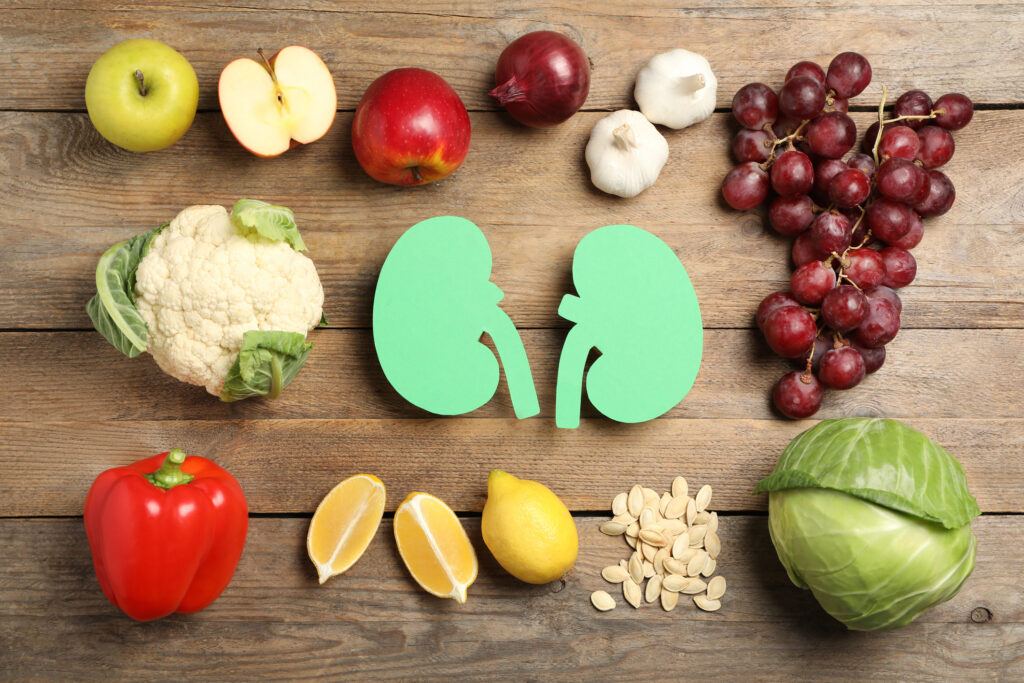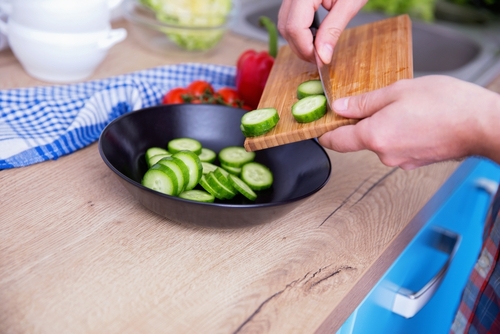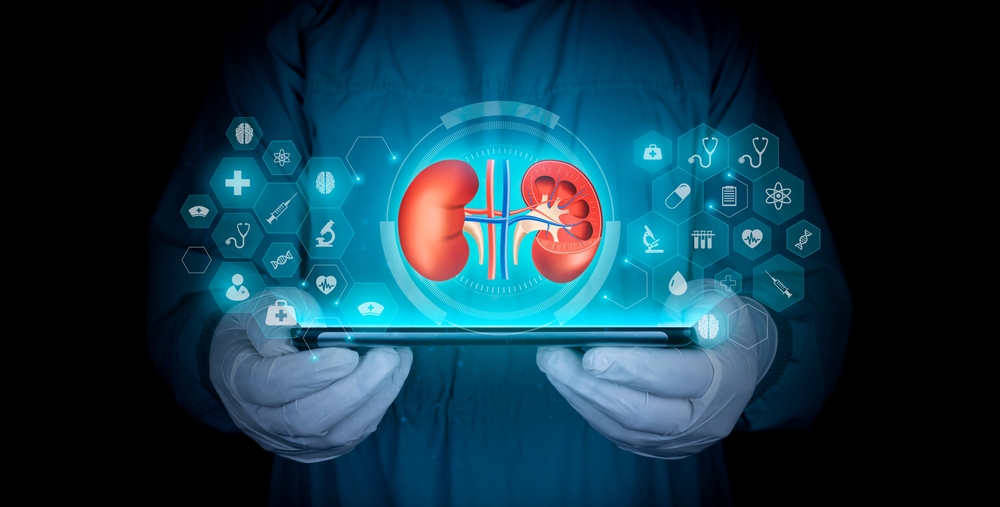Chronic Kidney Disease (CKD) affects millions worldwide, and managing it effectively often begins in the kitchen. But kidney-friendly eating doesn’t mean sacrificing flavor or overall wellness. The right foods can protect kidney function and promote heart health, reduce inflammation, support energy levels, and improve digestion.
In this guide, we’ll explore nutrient-rich foods that nourish your whole body, tailored to each stage of CKD, from early signs to more advanced stages.
Understanding Kidney Health and Nutrition
Your kidneys filter waste, balance fluid and electrolytes, and help regulate blood pressure. When they’re not functioning optimally, waste and fluid can build up, making dietary choices more critical.
Key dietary goals for kidney health:
- Control sodium, potassium, phosphorus, and protein (depending on stage)
- Maintain healthy blood pressure and blood sugar
- Reduce inflammation
- Support cardiovascular and metabolic health
Let’s break down kidney-friendly foods by CKD stage, focusing on what supports not only your kidneys but your whole-body wellness.
Stage 1–2 CKD: Nourish and Protect
In early CKD, the goal is to preserve kidney function while promoting overall wellness. Most nutrients are still well-tolerated.
Best Foods:
- Berries (blueberries, strawberries): Antioxidant-rich, low in potassium
- Leafy greens (spinach, kale): High in vitamins A, C, K, and iron, but monitor potassium if labs show elevation
- Fatty fish (salmon, sardines): Omega-3s for heart and brain health
- Whole grains (quinoa, brown rice): Fiber-rich, support blood sugar balance
- Olive oil: Anti-inflammatory, heart-healthy fat
- Garlic and onions: Flavorful, support immune function
Wellness Tip:
Combine plant-based proteins with healthy fats and whole grains for a balanced plate that supports kidneys and cardiovascular health.
Stage 3 CKD: Moderate Damage, Target Nutrients
At this stage, kidneys are moderately damaged, and you may need to start monitoring potassium, phosphorus, and protein intake more closely.
Best Foods:
- Apples: Low potassium, antioxidant-rich fruits
- Cauliflower, cabbage, bell peppers: Kidney-safe vegetables with anti-inflammatory properties
- Egg whites: High-quality, low-phosphorus protein
- White rice, refined grains (in moderation): Easier on phosphorus levels
- Herbs and spices: Add flavor without sodium
Wellness Tip:
Choose lean, plant-forward meals and work with a dietitian to fine-tune phosphorus and potassium targets while maintaining fiber and nutrient intake.
Stage 4 CKD: Advanced Decline, Focus on Balance
Kidney function is significantly reduced, and diet becomes a key tool in slowing progression and reducing complications like high phosphorus and potassium levels.
Best Foods:
- Low-potassium fruits (apples, berries)
- Refined grains (white rice, pasta): Lower in potassium and phosphorus
- Zucchini, cucumber, cauliflower: Low in potassium, nutrient-dense
- Rice milk (non-enriched): Alternative to dairy with lower phosphorus
- Unsalted popcorn or rice cakes: Healthy, low-sodium snack options
Limit or Avoid:
- High-potassium foods: Bananas, oranges, potatoes
- High-phosphorus foods: Dairy, nuts, seeds, cola beverages
- Processed meats: High in sodium and preservatives
Wellness Tip:
Eat smaller portions of protein and focus on flavor from herbs and healthy fats to keep meals satisfying without overloading the kidneys.
Stage 5 CKD (Dialysis or End-Stage): Specialized Needs
Dialysis changes nutrient needs. More protein may be needed, while potassium and phosphorus must be tightly controlled. Work closely with a renal dietitian.
Best Foods:
- Egg whites, chicken, fish: High-quality proteins to replenish loss during dialysis
- White bread, rice, pasta: Energy sources low in potassium/phosphorus
- Cabbage, cauliflower, lettuce: Safe veggie choices
- Unsweetened applesauce, grapes, berries: Kidney-safe fruits
- Olive oil, butter (in moderation): Healthy energy sources
Avoid:
- Salt substitutes (may contain potassium)
- Whole grains and bran cereals (too high in phosphorus)
- Dark sodas, processed cheeses, nuts/seeds
Wellness Tip:
Focus on high-biological-value proteins and fluid management. Keep a food and symptom journal to track what works best with your dialysis schedule.
Kidney-Smart Meal Planning: Quick Tips
- Hydrate smart: Avoid overhydration; stick to fluid recommendations.
- Cook at home: Helps control sodium and phosphorus levels.
- Read labels: Look for “phosphate” additives and sodium content.
- Monitor labs: Adjust diet based on potassium, phosphorus, and protein blood levels.
Final Thoughts
A kidney-friendly diet doesn’t have to be restrictive. It’s about choosing foods that support your body’s healing, energy, and long-term wellness. Whether you’re in early or advanced stages of CKD, eating with intention can help preserve kidney function and boost your overall quality of life.
Work with a renal dietitian to customize your plan, stay informed about your labs, and most importantly, enjoy food as a powerful tool for healing.
Stay informed and take control of your kidney health!




